|
|
|||
|
(Back to Preceding Week; on to Next Week) |
|
|
|
SLIGHTLY MORE CONFUSING
A couple of installments ago we ran a several photos of Wood Warblers (Parulidae) we had captured at Hilton Pond Center during September 2009. We lamented that Roger Tory Peterson--esteemed painter of wild birds--had used the phrase "confusing fall warblers" in his field guides and thereby might have misled beginning birders into thinking parulids are impossible to identify in non-breeding plumage. Granted, some warblers we included in that photo essay were pretty obvious--even an immature female American Redstart in autumn can be identified easily--so with our recent capture of a few less distinctive parulids we thought we'd devote another edition to making "confusing fall warblers" even less so. (Because travel, farhmouse renovations, and extensive rain prevented our running mist nets most days during the first half of October, we've also added a few warbler photos from our bird banding archives.)
All text & photos © Hilton Pond Center Tennessee Warblers aren't exactly common at Hilton Pond Center. In fact, we've only banded 76 during since 1982--all in fall migration. Conversely, they're so abundant within our Ruby-throated Hummingbird winter study site in Costa Rica we've banded 31 in just 44 days of running mist nets in the Aloe Vera fields around Liberia. These smallish parulids (about 4.25" long) breed across southern Canada and migrate through the U.S. east of the Rockies on their way to the tropics. Spring males have bright gray caps and white undersides, but fall immatures (above and below) are identifiable by white undertail coverts, bright green dorsum, a dark eye line bordered by a light superciliary line, broken eye ring, and indistinct wing bar. Tennessee Warblers are noted for their very thin bills.
All text & photos © Hilton Pond Center
All text & photos © Hilton Pond Center As if fall warblers weren't confusing enough in appearance, several have geographically similar names that befuddle birders. In particular, folks often say Tennessee Warbler when they mean Nashville Warbler, and vice versa, but these two species are quite different. Shown above and below is an immature Nashville Warbler, one of the smaller parulids at 4" in length. Note the heavy pale eye ring, yellow throat and underparts, gray head, and lack of wing bars or tail spots. The adult male Nashville bears hidden reddish head feathers similar to those on a Ruby-crowned Kinglet. This species breeds in the northeastern U.S. and Canada, with a disjunct population in the Northwest. (Nashville Warbler is among our least common parulids at Hilton Pond Center, where we've banded just seven since 1982--all but one during fall migration.)
All text & photos © Hilton Pond Center
All text & photos © Hilton Pond Center Even more scarce than Nashville Warblers at Hilton Pond Center is the Blackburnian Warbler (above and below); in 28 years we've banded just two--both fall migrants--tying them with Swainson's Warbler for our least common parulid. This Wood Warbler is unmistakable in male breeding plumage and autumn immatures are likely confused only with the young of Black-throated Green or Yellow-throated Warblers. Look for tail spots, a pair of heavy white wing bars, gray face, light streaking on the flanks, and a broad yellow superciliary line. Blackburnian Warblers breed in the northeastern U.S. and southern Canada and down the Appalachian Mountain chain into North Carolina. Although there are summer records from South Carolina's Upcountry, we're not aware of any confirmed nesting records for the Palmetto State.
All text & photos © Hilton Pond Center
All text & photos © Hilton Pond Center One of the more easily identified fall parulids is the Canada Warbler (above and below), whose prominent white eye ring and lack of wing bars and tail spots could lead one to confuse it only with Connecticut or Nashville Warblers. The giveaway field mark--usually present--is the Canada's streaky necklace, quite prominent in adult males. Canada Warblers also tend to have a back that is more gray than green. (This species is rather uncommon at Hilton Pond Center--only 32 banded since 1982--but it is one of the few wood warblers we see in spring migration about as often as in autumn. Nineteen have been fall birds, some of which may be from a population that breeds in the Appalachians as far south as North Carolina mountain counties.)
All text & photos © Hilton Pond Center
All text & photos © Hilton Pond Center Another bird with a noticeable white eye ring is Magnolia Warbler (above and below), but this species is unlikely to be confused with anything else after one sees the massive white spots halfway down the length of its tail. Add white wing bars, yellow throat and breast, and dark flank streaking and you've got a Magnolia Warbler. (The yellow rump is not visible in the accompanying photos.) One field mark we always notice on immature Magnolia Warblers that folks often miss is a pale gray neck band--very obvious in both our images. (Among banded parulids at Hilton Pond Center, our 406 Magnolia Warblers are a distant second to 2,047 Yellow-rumped Warblers. The spring:fall ratio for Magnolias is 56:350.)
All text & photos © Hilton Pond Center
All text & photos © Hilton Pond Center One more fall parulid named for a geographic location is the Kentucky Warbler (above and below), whose completely yellow underparts, greenish-yellow back, lack of wing bars or tail spots, and unusual facial pattern--a black mustache with crescent-moon eye ring--make it easy to identify. (We've banded only 20 Kentucky Warblers since 1982 at Hilton Pond Center, 11 in autumn migration. The species nests on the ground across the eastern U.S.--including the Carolina Piedmont--but we've never caught a female with an incubation patch or a recent fledgling that would indicate local breeding.)
All text & photos © Hilton Pond Center
All text & photos © Hilton Pond Center The immature fall Wood Warbler in our final two photos (above and below) might prove problematic for even experienced birders, but ticking off the field marks eventually leads to a proper identification: Whitish chest and belly (sometimes with pale flank streaking), tail spots and pale wing bars, yellow rump, and broken eye ring. Oh, did we forget to mention yellow undertail coverts, a hint of brown on the cap, and the bird's habit of tail-wagging? If these clues helped you conclude "Palm Warbler," you would be correct. This east-Canadian nester overwinters in the southeastern U.S., especially in coastal areas; it occasionally shows up for Christmas Bird Counts almost anywhere in the Carolinas. (At Hilton Pond Center, we've banded 56 Palm Warblers of the "yellow race" since 1982; of those, 12 came through in spring, while the rest were fall migrants. )
All text & photos © Hilton Pond Center By mid-October, most fall migrant warblers have already passed Hilton Pond Center on their way to non-breeding grounds in Latin America. We're still anticipating our first Yellow-rumped Warblers of the year and will enjoy watching them all winter, but for the most part any more-or-less "confusing fall warbler" is probably on or close to taking a winter break in the Neotropics--where most Wood Warblers acquire breeding plumage that makes northbound birds far easier to identify. We look forward to parulids' eventual return, complete with unconfusing spring colors. All text & photos © Hilton Pond Center ADDENDUM: Our previous photo essay (29-30 Sep 2009) was devoted to a partly tongue-in-cheek discussion of a morbidly obese immature male Ruby-throated Hummingbird that outweighed any we had handled previously during our 25-year study of the species at Hilton Pond Center.
All contributions had merits. Of the above, we kind of liked the sound of "Corpulent Corbin"; however, since we have no idea what that means and found no references via Google, we had to reject the nomination. (Besides, nominator Sherilynn Watts--a local science teacher who once brought her students to Hilton Pond for a Guided Field Trip--said our chubby hummer photo essay was "silly." We ruled out the latter partly for fear we would be accused of nepotism--Laura Thomas being one of our beloved Fort Mill High science students from days gone by--even though "gordo" is Spanish for "fat" and would be understood by Latinos on the other end of the tubby hummingbird's migrational route. We had to discard the similar "El Gordo" because it is also the name for a big Christmas lottery in Spain. That brought us to "El Redondo" as the final winning nomination. Submitted by Dot Glover of Adams Run SC, in Spanish "El Redondo" means "The Round"-- which our 6.1-gram Ruby-throated Hummingbird certainly was. Congratulations to Dot and thanks to all who sent possible names for Big Fat's successor. El Redondo he is. All text & photos © Hilton Pond Center
Comments or questions about this week's installment?
Thanks to the following fine folks for recent gifts in support of Hilton Pond Center for Piedmont Natural History and/or Operation RubyThroat: The Hummingbird Project. Your tax-deductible contributions allow us to continue writing, photographing, and sharing "This Week at Hilton Pond."
Using Network for Good via Facebook's "Causes," 11 people have made contributions to "Help the Hummingbirds" in honor of Bill Hilton Jr.'s 63rd birthday and bringing the total to $456--short of the $1,260 goal but nice nonetheless. Even though 15 September 2009 has come and gone, you can still donate to this birthday cause by going to Facebook. "This Week at Hilton Pond" is written & photographed You may wish to consult our Index of all nature topics covered since February 2000. You can also use our on-line Hilton Pond Search Engine at the bottom of this page. For a free, non-fattening, on-line subscription to |
|
Make direct donations on-line via
Network for Good: |
|
|
Use your PayPal account
to make direct donations: |
|
|
If you like to shop on-line, you please become a member of iGive, through which more than 750 on-line stores from Barnes & Noble to Lands' End will donate a percentage of your purchase price in support of Hilton Pond Center and Operation RubyThroat. For every new member who signs up and makes an on-line purchase iGive will donate an ADDITIONAL $5 to the Center. Please sign up by going to the iGive Web site; more than 200 members have signed up to help. It's a painless, important way for YOU to support our on-going work in conservation, education, and research. |
|
|
SPECIES BANDED THIS WEEK: * = New species for 2009 WEEKLY BANDING TOTAL 17 species 38 individuals YEARLY BANDING TOTAL (2009) 55 species 1,590 individuals 28-YEAR BANDING GRAND TOTAL (since 28 June 1982, during which time 170 species have been observed on or over the property) 124 species 53,472 individuals NOTABLE RECAPTURES THIS WEEK (with original banding date, sex, and current age) American Goldfinch (1) Northern Cardinal (2)
|
OTHER NATURE NOTES OF INTEREST --Ruby-throated Hummingbirds bailed out in a big way in the past week or so, with only three captured the first half of October but still far below last year's record-making 230. That brings the season total to 204--tying 2007 for our fourth best year ever at the Center. Chances of catching any more RTHU this year diminished greatly with every passing day; in 25 years we've only caught 12 of them after 7 Oct, with 18 Oct our latest date. --For the record, Patricia Nethercote--who lives in Guanacaste Province, Costa Rica, reports her first fall migrant Ruby-throated Hummingbird arrived this year on 8 Oct.
NOW is the time to report your RTHU fall departure dates from the U.S. & Canada, and fall arrival dates for Mexico & Central America. Please participate.
|
|
|
|
(Back to Preceding Week; on to Next Week) Up to Top of Page Back to This Week at Hilton Pond Center Current Weather Conditions at Hilton Pond Center |
 You can also post questions for The Piedmont Naturalist |
Join the |
Search Engine for |
|
|
Dollar Car Rental

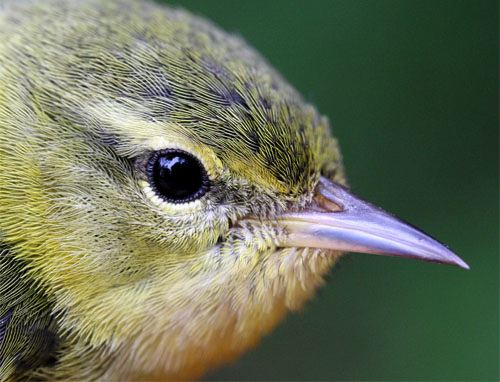

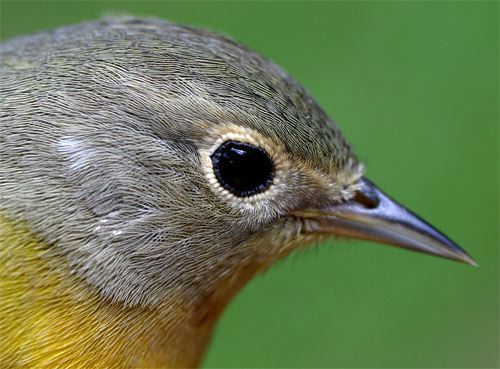
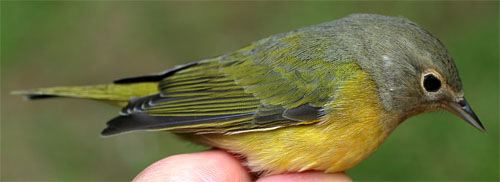
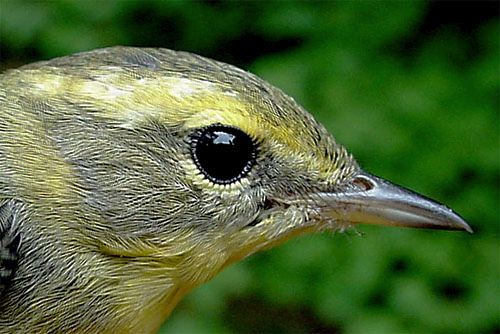
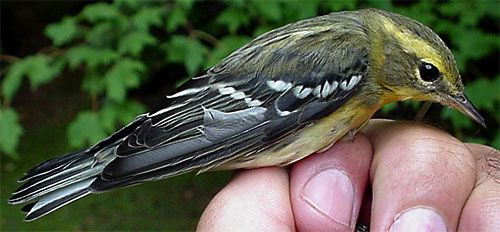
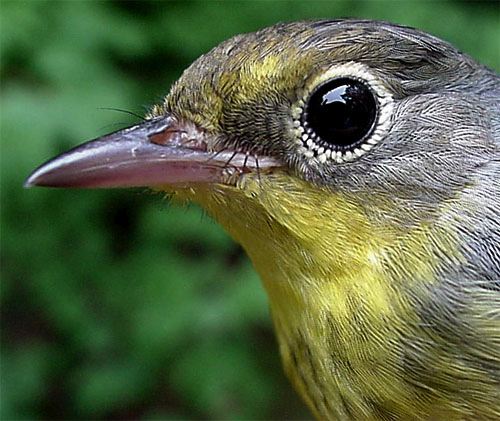
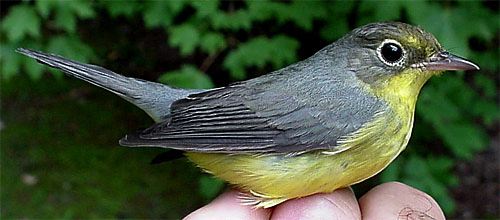
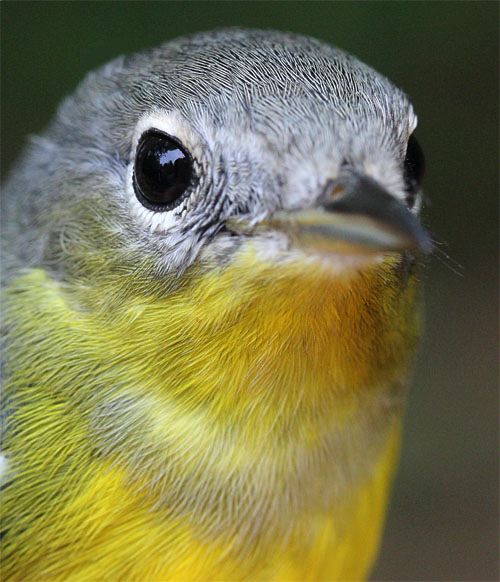
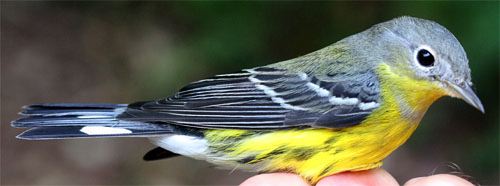
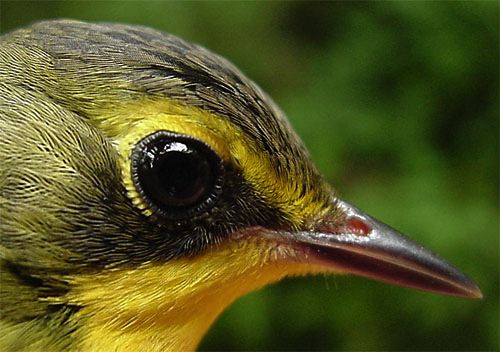
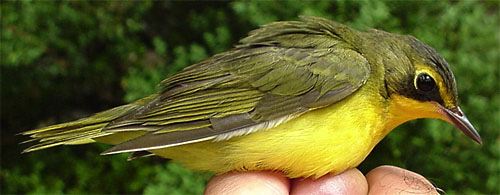

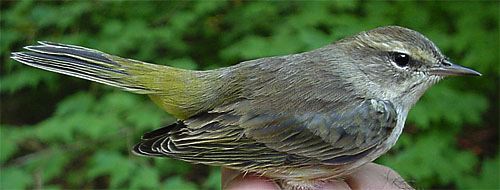
 We had taken the liberty of naming some of his overweight predecessors, bestowing them with repetitious epithets like "Big Fat," "Son of Big Fat," and "Grandson of Big Fat." With our creativity obviously in a rut, we asked you readers to contribute via e-mail nominations for what we should call this latest blimp-like ruby-throat. (A couple of correspondents were so bold as to suggest we had doctored at least one of our fat hummer photos such as the one above right, but we will forgive them.) The "Chubby Hummingbird Naming Contest" nominees, listed alphabetically, included:
We had taken the liberty of naming some of his overweight predecessors, bestowing them with repetitious epithets like "Big Fat," "Son of Big Fat," and "Grandson of Big Fat." With our creativity obviously in a rut, we asked you readers to contribute via e-mail nominations for what we should call this latest blimp-like ruby-throat. (A couple of correspondents were so bold as to suggest we had doctored at least one of our fat hummer photos such as the one above right, but we will forgive them.) The "Chubby Hummingbird Naming Contest" nominees, listed alphabetically, included: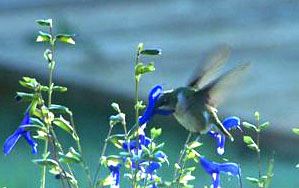 Actually, she said WE were silly for writing it, so we forgive her, too.) Although "Flash Lardon" was pretty creative, we figured some people wouldn't get it. "Rotundo" had a good ring but it sounded a little too Washingtonian, so in the end we were drawn to El Redondo, El Gordo, and Gordo.
Actually, she said WE were silly for writing it, so we forgive her, too.) Although "Flash Lardon" was pretty creative, we figured some people wouldn't get it. "Rotundo" had a good ring but it sounded a little too Washingtonian, so in the end we were drawn to El Redondo, El Gordo, and Gordo. (Please see
(Please see 


 Please report your
Please report your